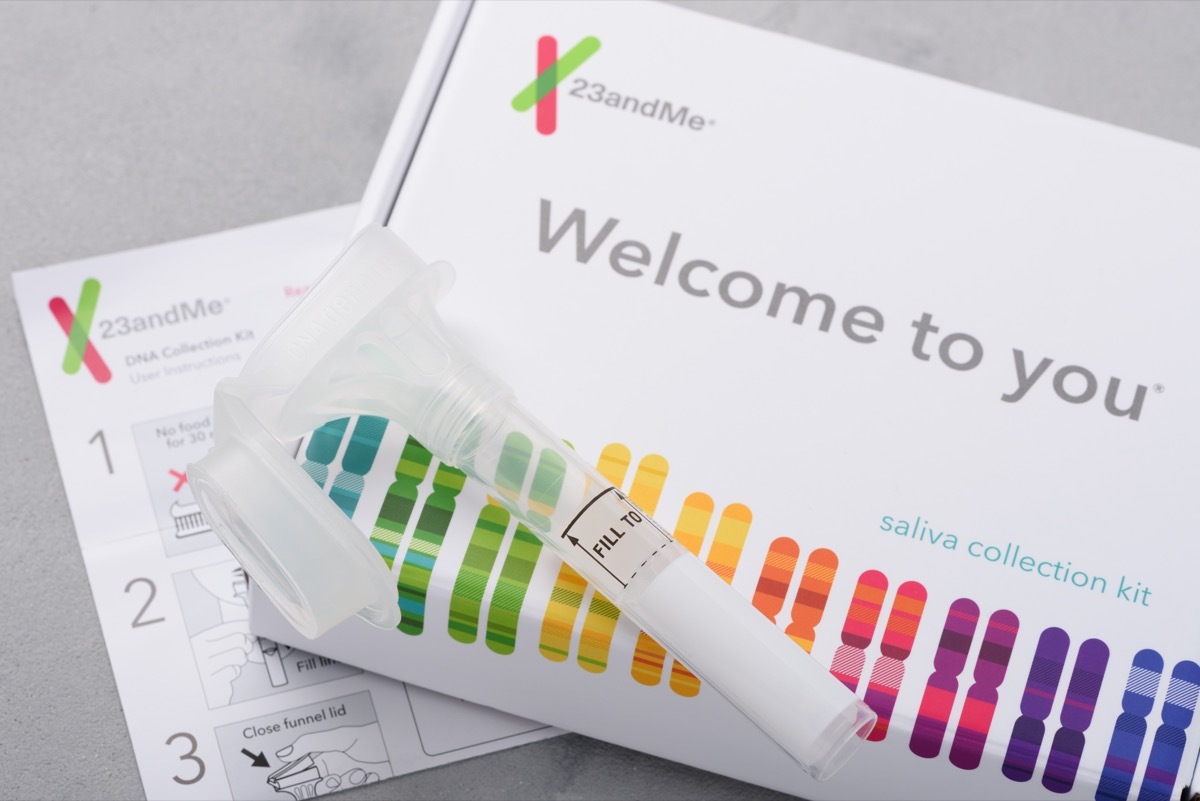How to reduce melasma and hyperpigmentation: expert skincare tips
Do you have melasma or hyperpigmentation? Understand here how to reduce with Skincare, with expert tips.
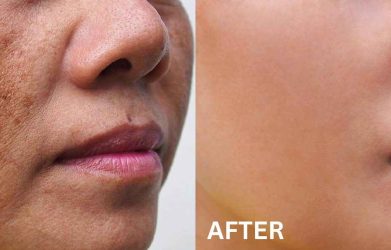
Hyperpigmentation is something that occurs on the skin when more melanin is produced than normal in some areas of the body, and melasma is one of the most common forms of hyperpigmentation in women. The melasma is characterized by irregular but defined spots, usually in the region of the face, and mostly affects women in reproductive phase (between 20 and 50 years) with darker skin.
In the study, “dermatology: how to treat facial hyperpigmentation in black skins,” researchers Siddiq Moolla and Yvette Miller-Monthrope claim several approaches to the treatment of hyperpigmentation “including photoprotection, topical treatment, systemic medications and procedural interventions. Hydroquinone (HQ) and retinoids. ”
Next, understand better about melasma and hyperpigmentation as a whole, and how to reduce its effect at home with daily skincare.
Understand about hyperpigmentation and how to prevent
Hyperpigmentation is a medical term that refers to darker skin spots derived from excessive melanin production. It can be caused by several factors, from sun damage and acne scars to hormonal fluctuations.
Prevention is the first thing you should know before understanding how melasma and hyperpigmentation with skincare at home is about. This is because, even during treatment, you will need to have a preventive routine, which should continue after treatment.
Excessive exposure to sunlight can contribute to the emergence and reappearance of spots on the skin as it stimulates melanin production. Thus, it is important to avoid direct exposure to the sun in peak hours, such as 9 am and 5 pm, and religiously use a high FPS sunscreen.
However, it is important to note that melasma, for example, cannot be completely avoided, as it is a chronic condition and that can be caused not only by sun exposure, but also by hormones, genetic issues and skin color. Pregnant women and/or dark skin have greater chances of developing the condition.
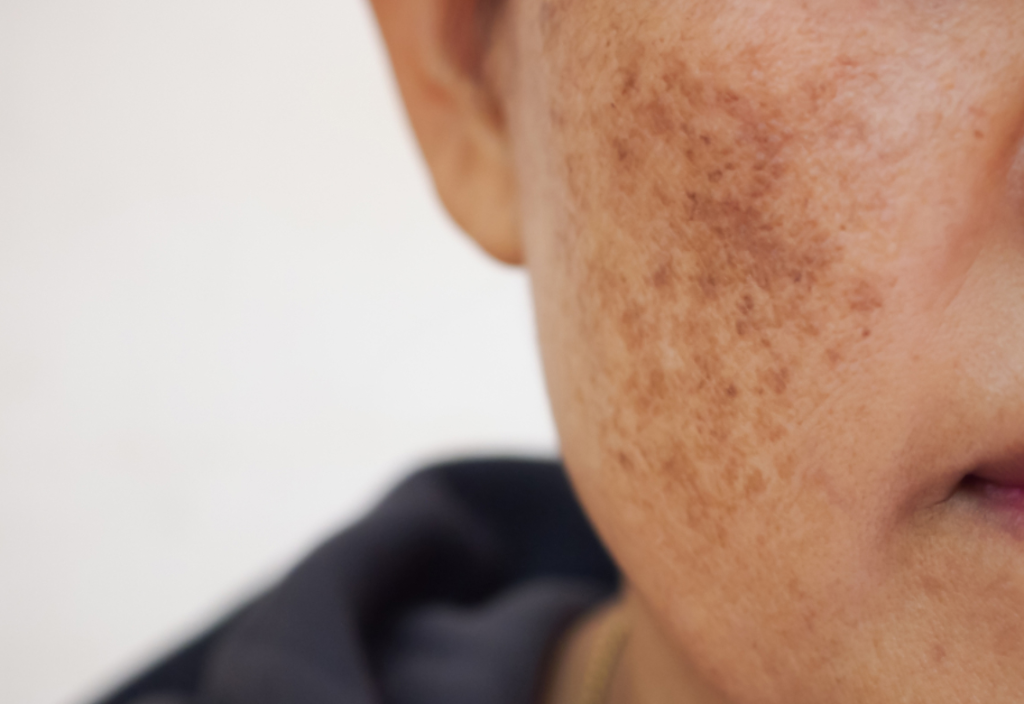
How to reduce melasma and hyperpigmentation on Skincare
“The most commonly used treatments for melasma are topical -application skin whitening medications,” explain dermatologists Dr. Lilit Garibyan and Dr. Sara Moradi Tuchay in an article published by Harvard Health. According to them, these medications may include hydroquinone, azelaic acid, niacinamide, rucinol, among other compounds.
“These drugs act by reducing pigment production and inflammation, as well as reducing excess blood vessels on the skin that contribute to melasma,” they complete. Many of these components can now be found in skinching products sold in pharmacies and cosmetics stores, such as moisturizing creams and nightclubs.
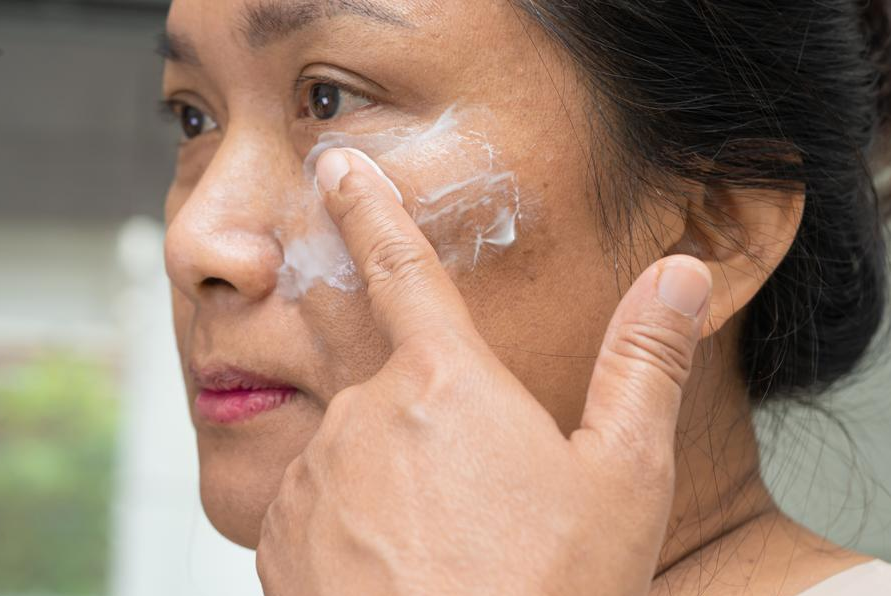
Acids, for example, such as vitamin C and Azelaic acid, also exfoliate the skin, contributing to cell renewal and skin with a more uniform tone. However, its use should be careful, and it is recommended to visit a dermatologist to understand which acids can do best with your skin.
There are whitening creams that use other compounds, such as niacinamide, and can bring positive effects to those who have hyperpigmentation even during the skincare. Hydroquinone is also present in many of these creams, and acts by inhibiting the activity of tyrosinase, an enzyme that synthesizes melanin in melanocytes.
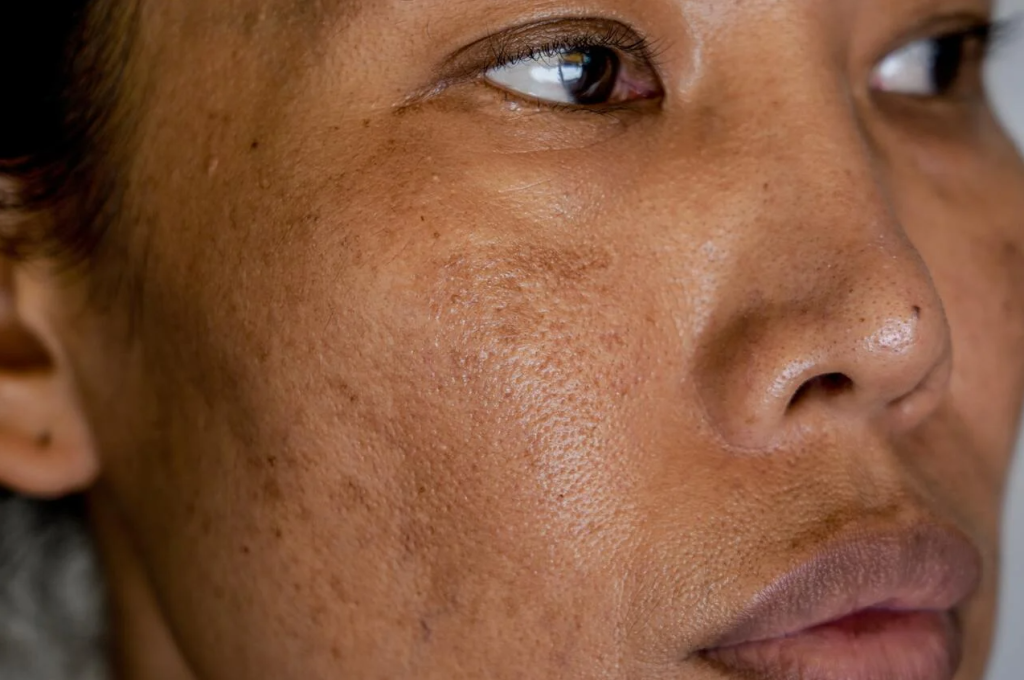
Aesthetic procedures
Regardless of your skincare, we suggest that you visit a dermatologist to understand what would be the best treatment for you. For some people, skancare is sufficient, but for others, medical interventions such as chemical or laser peeling may be recommended and dermoabrasion or microdermabrasion.
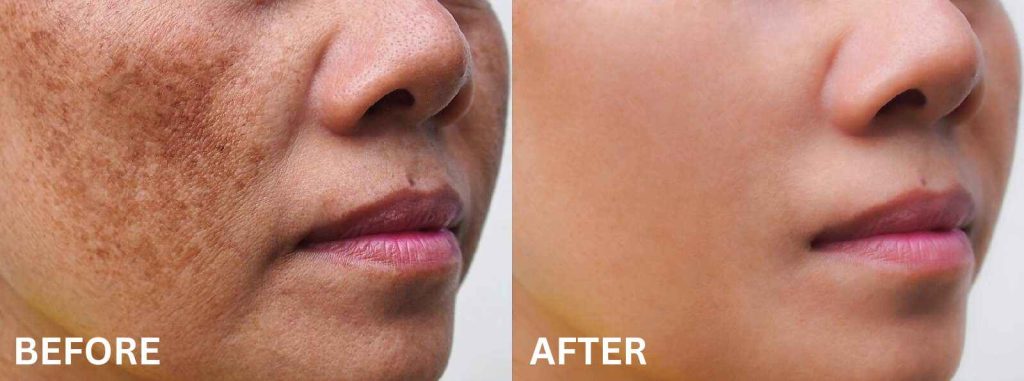

This is the worst application of meetings that you could possibly use

